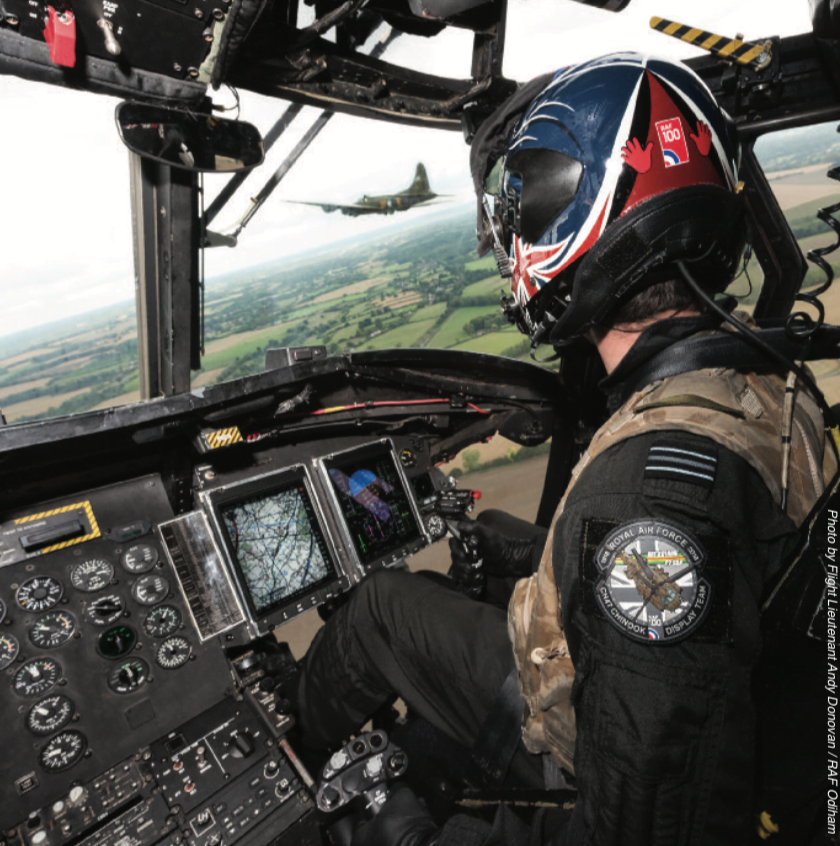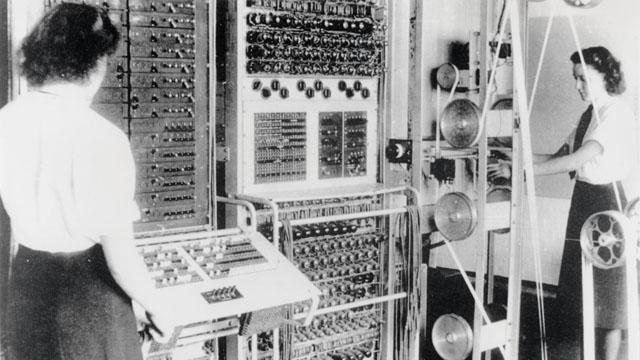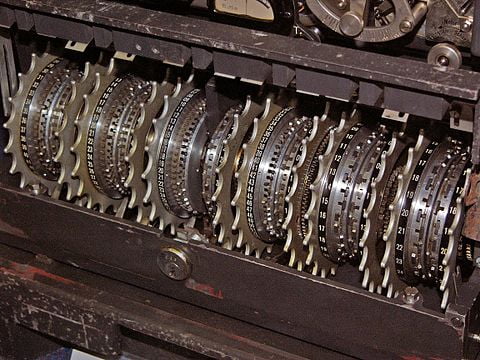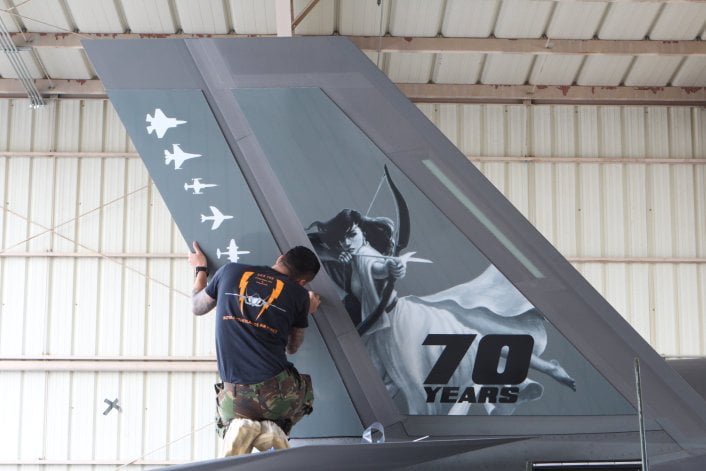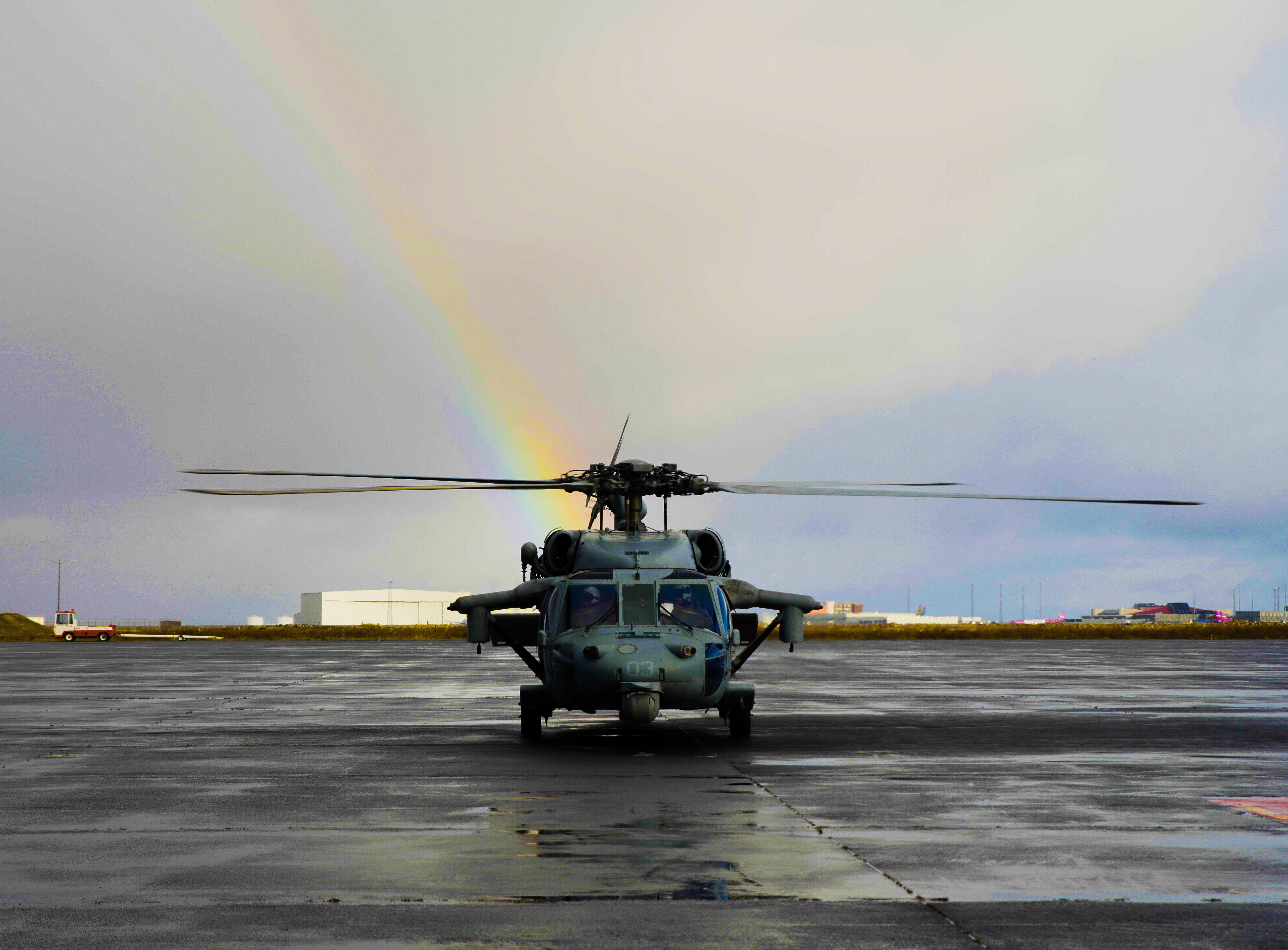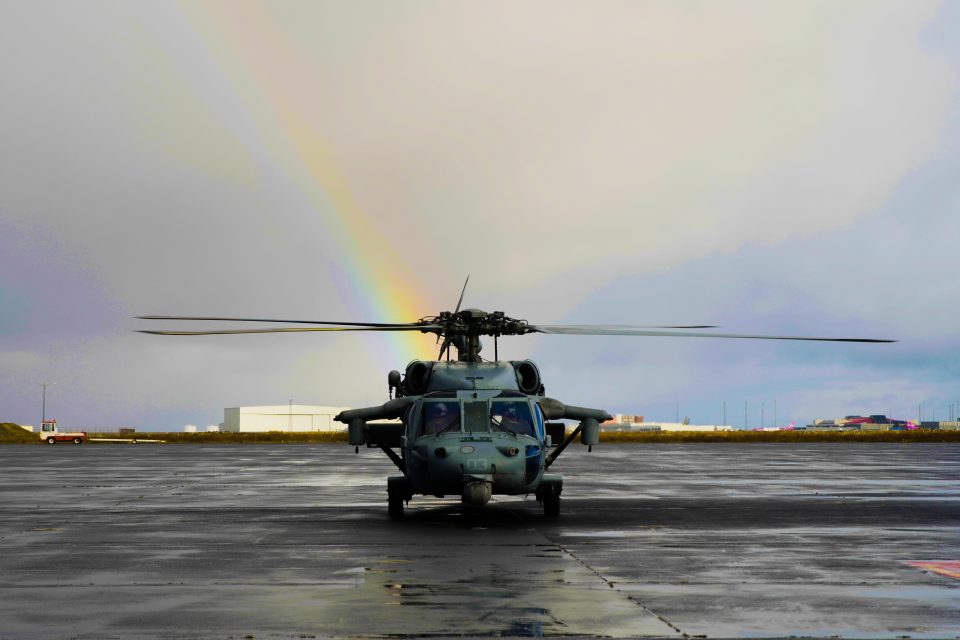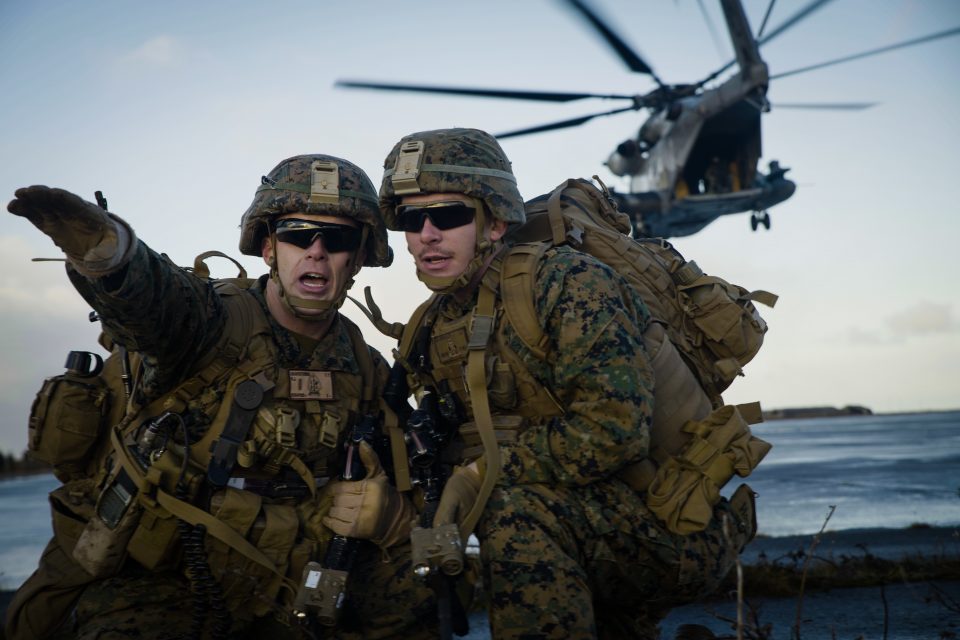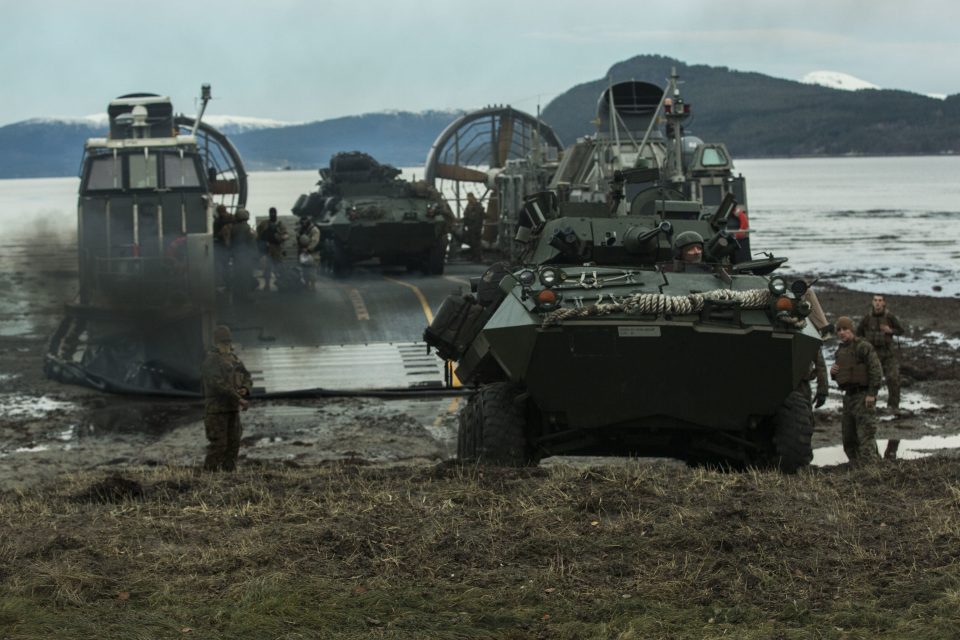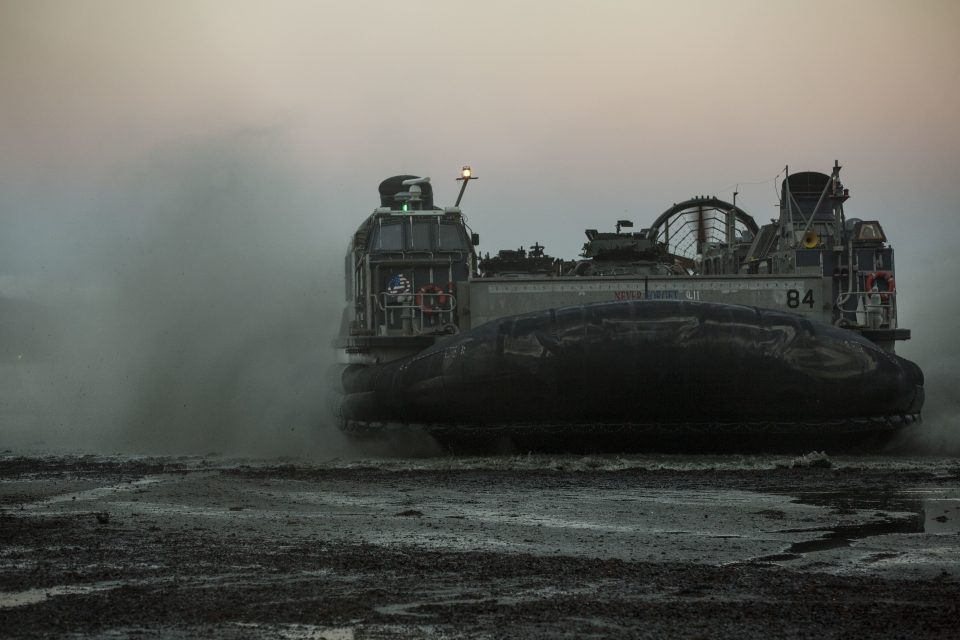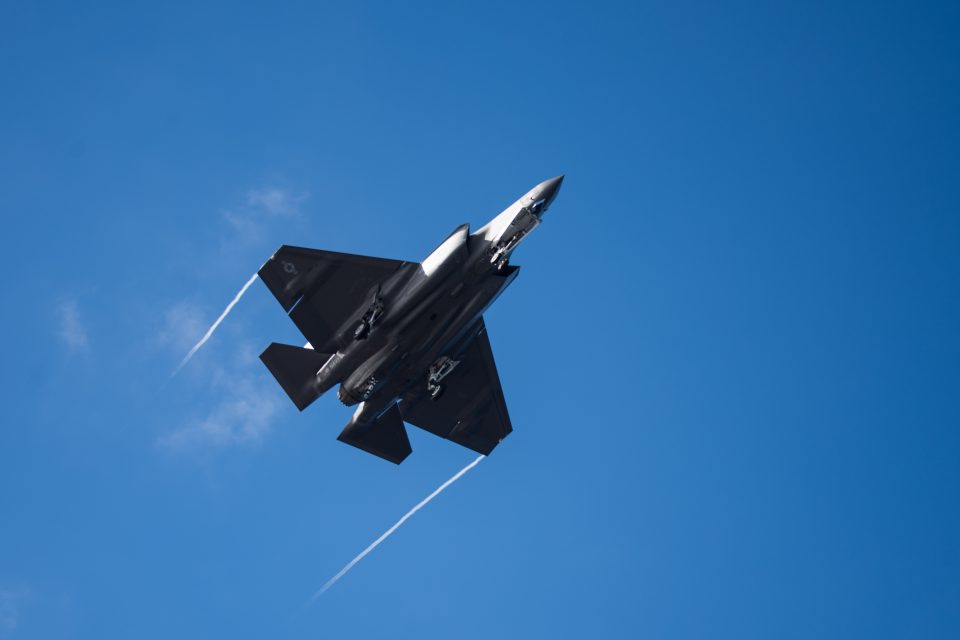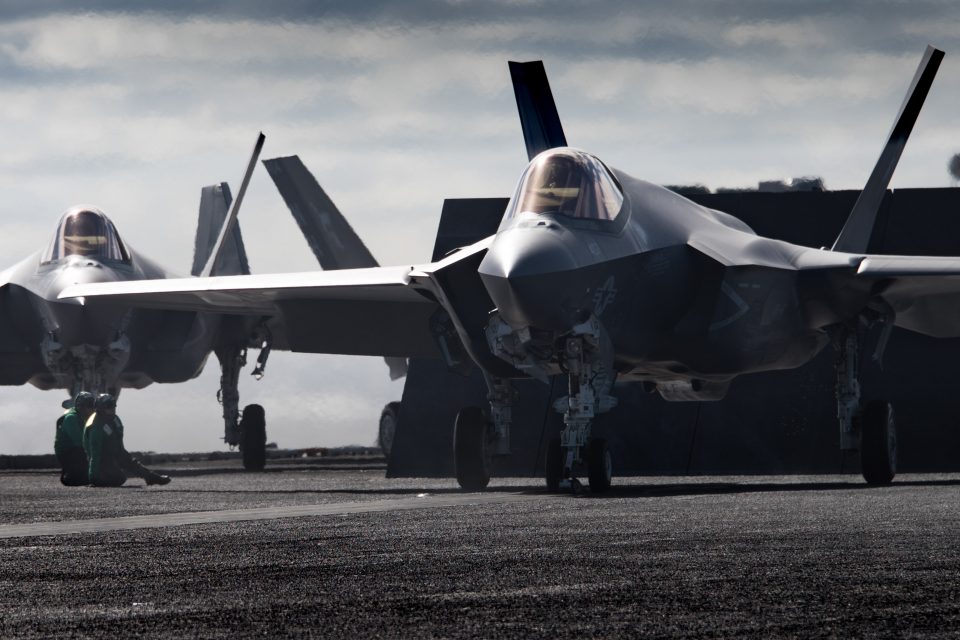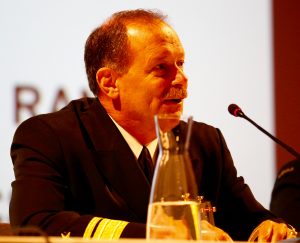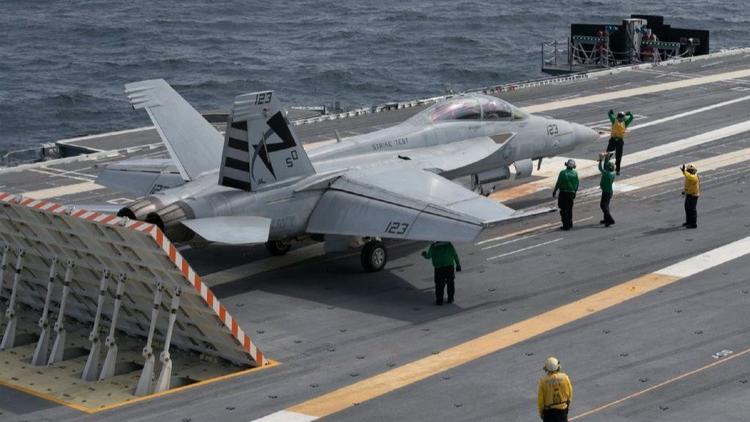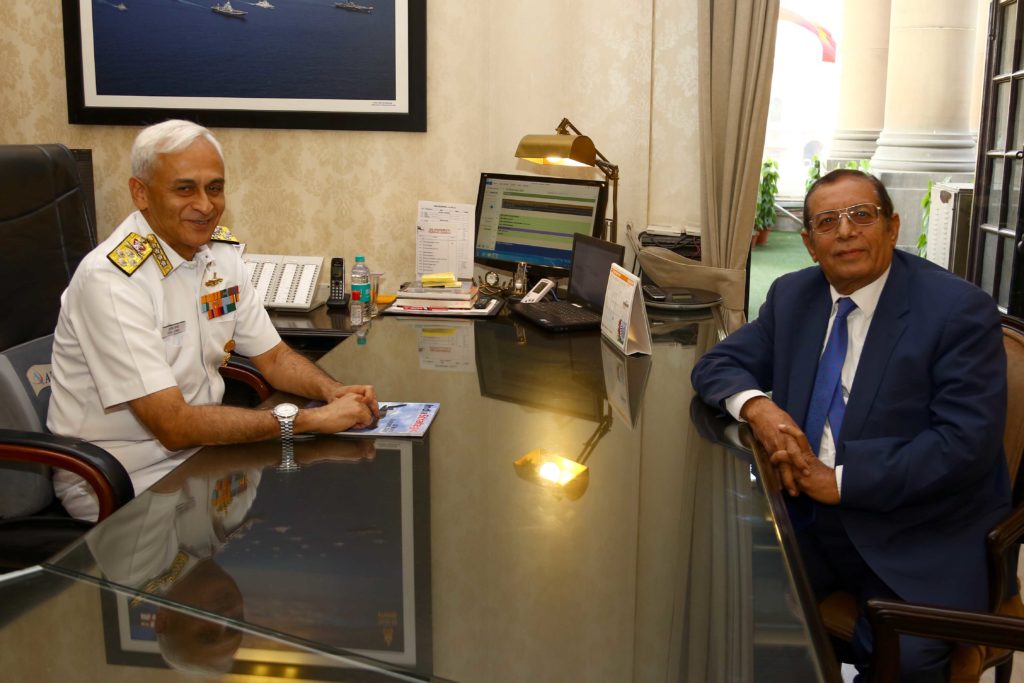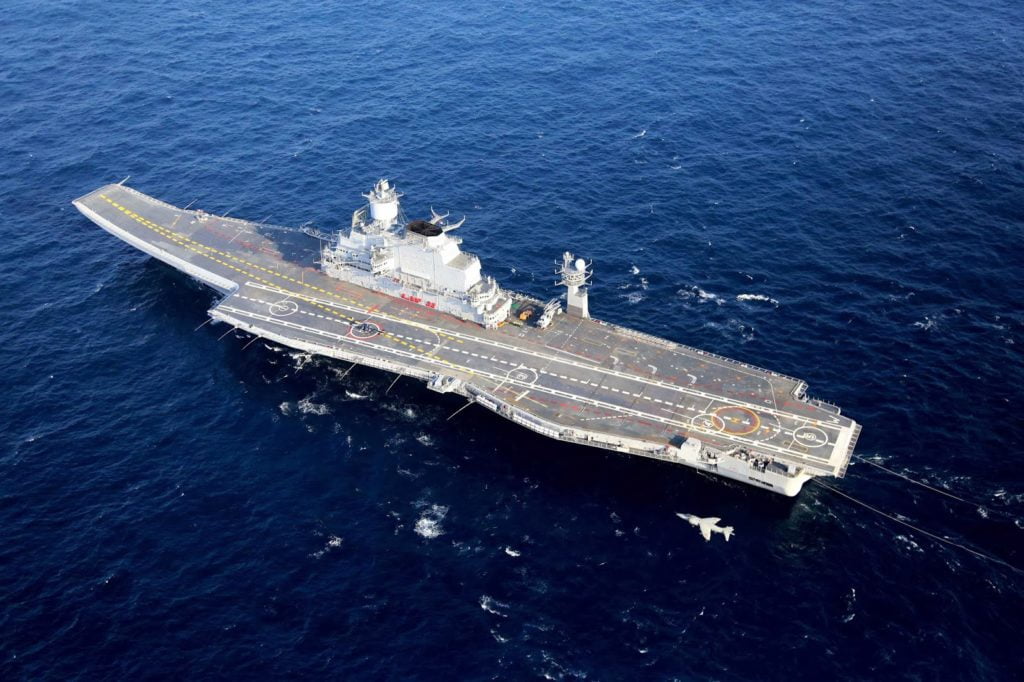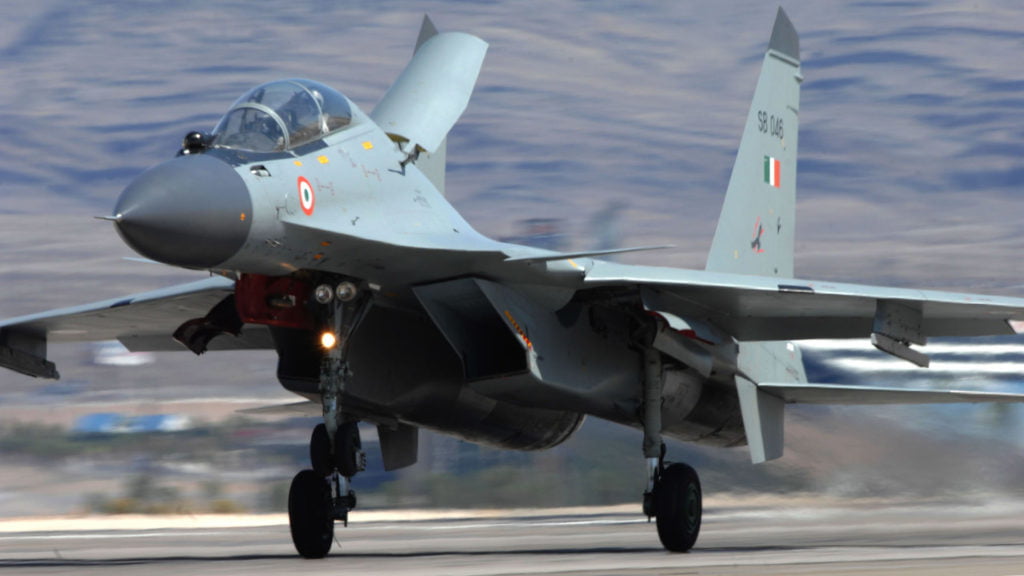Iraqis had to wait for more than five months after the parliamentary elections to form a new government.
In October 2018, after a complicated electoral campaign, the Iraqis finally had a new president and prime minister.
What will happen next and how will the team lead Iraq, a divided country which faces reconstruction challenges after the battle with the Islamic State?
Professor Amatzia Baram provided his assessment in a two part series of articles published on November 27, 2018.
We have excerpted his perspective on the change and its importance in the article below:
The new prime minister’s security concerns are many.
Iraqi Prime Minister Adel Abdul Mahdi has a lot on his plate. In a country half destroyed by war, public frustration with official incompetence and corruption runs deep. Sunnis are in a state of post-ISIS despair, terrorism continues, and intra-Shia rivalries threaten the fragile equilibrium of parliamentary coalitions.
Riddles for Mr. Abdul Mahdi to solve include how to evade Iranian threats and delay or limit compliance with the American embargo, how to break the deadlock with the Kurds over oil revenue and Kirkuk, and how to defang the PMF militias and get them out of politics.
However, Iran’s presence and influence in Iraq is so massive, and its interest in incorporating the country into its strategic domain is so great, that the two new leaders in Baghdad may not be able to withstand it, or at least not completely.
Shias in Iraq are certainly disenchanted with Iran, but that may not be enough to keep Iranian influence at bay.
The New Prime Minister: His Background
Perhaps the most telling aspect of Adel Abdul Mahdi’s career is that over a half century, he has belonged to almost every single political camp in Iraq, without staying anywhere for very long. Mostly, he found himself in opposition to the ruling regime.
Over the past several years he has been an independent, and he ran as such in the 2018 parliamentary elections. An able economist with extensive policy experience, Mr. Abdul Mahdi has a reputation for being incorruptible.
He was born in the Shia city of Nasiriyah in 1942 to a respected clerical family. His father served briefly as minister of education under the monarchy (1921-1958). Despite their religious background, his parents sent him to the American Jesuit College in Baghdad, then probably the best high school in Iraq. He earned an economics degree from Baghdad’s College of Trade and Economics in 1959.
Under the regime of Prime Minister Abd al-Karim Qasim (1958-63), Mr. Abdul Mahdi was close to the opposition Baath party. During the rule of the Arif brothers (1963-1968), he became first a member of the underground Iraqi Communist Party (ICP), then joined that party’s Maoist wing.
Soon after the Baath Party took power in July 1968, the nascent regime conducted a ferocious anti-Maoist purge. Mr. Abdul Mahdi fled to France, where he studied political science and economics. He then worked for several research centers on Islamic studies, edited Arabic and French-language publications, and translated and wrote a number of books. During this period of exile in the 1970s, he was close to the French non-Communist left.
Mr. Abdul Mahdi was a supporter of the Shah of Iran until 1975, when the Shah chose to sign the Algiers agreement with Iraqi Vice President Saddam Hussein, ostensibly resolving the border disputes between the two countries. He then backed the Islamic Revolution in Iran that brought Ayatollah Khomeini to power, hoping that it would lead to the establishment of an Islamic republic in Iraq, too.
In 1982, Mr. Abdul Mahdi joined Ayatollah Mohammed Baqir al- Hakim’s Supreme Council for the Islamic Revolution in Iraq (SCIRI), serving as its representative in Kurdistan in 1992-1996. This gave him close access to the Kurdish leadership and a good understanding of Kurdish-Arab relations. From this stage, if not earlier, Mr. Abdul Mahdi has favored a Kurdish-Arab federal system in Iraq.
He is a staunch supporter of democratic government, but also believes that senior Shia clerics should exercise indirect political influence.
The New Prime Minister: His Opportunity
Mr. Abdul Mahdi’s years of exile and opposition ended with the U.S. invasion of Iraq, which destroyed the Baath Party for good and established a new political system into which he fit well. With Ayatollah Sistani’s blessing, and backed by SCIRI and the Islamic Dawa party (whose leadership included future Prime Ministers al- Maliki and Abadi), he was more than ready to work with the Americans on creating a new Iraq.
Yet this cooperation was also risky; some “collaborators” were assassinated by the Iraqi resistance to U.S. occupation. After a brief stint as finance minister, Mr. Abdul Mahdi was chosen as vice president following the January 2005 elections, representing the Shia community. Later, under Prime Minister Abadi, he served as oil minister from 2014 to 2016.
Unlike Muqtada al-Sadr on one hand and the pro-Iranian Shia militias on the other, Mr. Abdul Mahdi never called for American forces to withdraw from Iraq. Indeed, as late as December 2011, he seems not to have considered Iraq capable of defending itself. This was an unpopular position.
The prime minister’s personal courage is also evident from his stated intention of living outside Baghdad’s protected Green Zone while he is head of government.
If ever there was an experienced politician whose resume seems tailor-made for Iraq’s present needs, it is Adel Abdul Mahdi.
No one else in Baghdad has his combination of incorruptibility, economic expertise and practical experience. Until now, he has always got what he wanted without making serious enemies among Iraq’s major political players.
Together, Prime Minister Abdul Mahdi and President Salih present a formidable duo in terms of professionalism and negotiating skills. Mr. Abdul Mahdi will need every bit of his expertise, because the tasks ahead of him are gargantuan.
They start with the formation of his government, which began even before he was sworn in. Most of the cabinet lineup was announced on October 24-25, but parliament approved only 14 of his candidates, rejecting eight others because of alleged corruption or ties to the Saddam regime.
By far the most important vacancy is the Interior Ministry, which controls internal security. Here the government’s two main backers – the Sadr-Abadi and Ameri-Maliki alliances – are at odds, with Mr. al-Sadr insisting on professional appointees rather than party or militia representatives.
However, these seemingly insurmountable obstacles may not be so difficult for Mr. Abdul Mahdi. Like a martial arts master, he has turned weakness into strength. Precisely because the prime minister has no political grouping of his own, the fractured coalitions in parliament desperately need him as an arbiter. His fall would be perceived as their failure. As a result, even a veiled threat to resign, which Mr. Abdul Mahdi hinted at in mid-November, will give them pause.
The new head of government also has plenty of carrots to dispense, including jobs and salaries for PMF members. Few Shia militiamen will be able to resist such temptations. Mr. Abdul Mahdi has a long list of contacts abroad, including a quiet understanding with the Gulf Arabs that looks promising, as long as he does not tilt too much toward Iran.
When the time comes for investment funding and perhaps even broader economic support for Iraq, those friendships could pay off handsomely.
Security Concerns
The new prime minister’s security concerns are many.
One is to secure the border with Syria and cut off the remaining Daesh cells in Iraq from Syrian Sunni support. Another is eliminating or at least drastically curtailing ISIS activity in the northern territories between the Kurdish autonomous region and the Syrian border – mainly the Kirkuk area, Makhmur, the Mosul plains and the far northwest.
The latter cannot be done without the full cooperation of the Kurdish Peshmergas, which requires an agreement with the Kurds on outstanding issues. The loss of Kirkuk is the sorest spot in Kurdish politics, and Mr. Abdul Mahdi will have to strike a compromise that will probably leave everybody concerned – Baghdad, the Kurds and the Turkomans and Arabs living in Kirkuk – reasonably unhappy.
The Iraqi military is in disarray.
The only ground formation of proven combat-readiness is the 10,000-strong Counter-Terrorism Service (CTS), whose three brigades are known collectively as the Golden Division. These units are U.S.-trained and proved to be courageous and effective in the nine-month campaign to retake Mosul in 2016-2017. In the event of a new ISIS-style revolt, however, this force will not suffice.
Iraq’s regular army is well-equipped, but suffers from corruption, poor discipline and insufficient training. To remedy these deficiencies, Mr. Abdul Mahdi badly needs help from the remaining international forces in Iraq, especially U.S. support units, instructors
The new prime minister must also at least try to rein in the Iranian- sponsored militias. About 40 different formations with some 100,000 fighters operate under the PMF umbrella. Almost all of them are staunchly pro-Iranian and partially paid and equipped from Tehran, but also receiving salaries and munitions from the Iraq government.
The PMF’s most powerful leader, Hadi Ameri, is something of a nemesis to Mr. Abdul Mahdi. Of the three PMF groups that are clearly independent of Iran, two are answerable to Ayatollah al-Sistani, while one is under Muqtada al-Sadr’s orders. Relations between the PMF and the Iraqi regular military are sometimes tense, but so far, there have been no reports of direct confrontations.
Taming the PMF
In Sunni areas, the Shia militias are feared. Ayatollah al-Sistani has demanded that they look after and protect the Sunni population, but this has proven no guarantee of good behavior. The U.S. insists that the PMF be disarmed. Both Mr. al-Sadr and Ayatollah al- Sistani want all militias to disband, but Iran has fiercely resisted these calls.
It will be extremely difficult to dissolve the PMF, which was established as a result of Ayatollah al-Sistani’s 2014 call to arms against ISIS. The marginalized young men of the Shia southern provinces who tasted power and influence will not give it up, unless offered something better. Going home to joblessness and poverty is hardly an incentive to take off their uniforms.
In the meantime, unruly PMF commanders are proving a continual source of embarrassment to the authorities in Baghdad. Several made a trip to the Israeli-Lebanese border a few months ago, where they promised to join Hezbollah in fighting against “the Zionist entity.” On October 27, another PMF faction, the Imam Ali Battalions, announced it was planning to fight the Saudis in Yemen alongside the Houthi rebels.
If Mr. Abdul Mahdi cannot discipline the PMF, he can expect Israeli reprisals and forget about economic support and investments from the Gulf Arabs. If pro-Iranian militias keep lobbing mortar shells and rockets at American interests, as seems to have happened at the Basra consulate and in a more recent incident in Baghdad’s Green Zone, the U.S. also has many ways to show its displeasure.
The sole plausible solution in the medium term is to create jobs for some of the militiamen and send them home. The rest will have to be absorbed into the Iraqi army. This is the only way for the Iraqi state to regain its Weberian “monopoly on violence.”
However, the technical details are important here.
Former militiamen should be inducted into the Iraqi military as individuals, not as organized groups.
A useful example is provided by Israel in 1948-1949, when Prime Minister David Ben-Gurion (1948-1963) forced the Irgun and even the elite Palmach units to disband and join the Israel Defense Forces (IDF) individually.
Yet Mr. Abdul Mahdi’s first step was in the opposite direction. In mid-November, he equated the status and salaries of the PMF militia with the Iraqi military. Given the 50 or so votes controlled by the militias or pro-militia parties in parliament, this made it easier for the prime minister to complete his cabinet.
But in the longer term, it will make any reform of the PMF much more difficult.
The Kurds
Iraqi Kurdistan held parliamentary elections on September 20, 2018.
The Kurdistan DemocraticParty (KDP) came in first, winning 45 out 111 seats in the regional parliament, compared with 38 in the 2013 elections. The KDP’s historic rival and junior coalition partner, the PatrioticUnionofKurdistan(PUK), won 21 seats, up from 18 in 2013.
The ballot appears to cement the KDP’s continued dominance in Kurdish politics. The party very much belongs to Kurdistan’s former President Massoud Barzani (2005-2017), though it is nominally led by his nephew, Nechirvan Barzani. The PUK is led by another powerful Kurdish clan, the Talabani family, and its deputy leader, Kosrat Rasul Ali, is slated to join a coalition government .
The PUK is more conciliatory toward Baghdad, but both parties have similar demands. Most of all, they want the Kurdistan Regional Government (KRG) to receive 17 percent of the country’s oil revenues and control of the disputed city of Kirkuk. Other demands include funding for the Peshmerga militias, the right to sign oil contracts, and supervision of border crossings between Kurdistan and its neighbors.
The Kurds had considerably more political leverage before their disastrous independence referendum of September 2017. In its aftermath, Iraqi forces retaliated by seizing Kirkuk and its surrounding oil fields, along with vast additional territories beyond the KRG’s borders that the Kurds had used as bargaining chips to wring concessions from Baghdad. Now, the KRG is demanding a referendum in Kirkuk to decide whether the region should be part of Iraqi Kurdistan or subject to Arab rule.
For now, it appears doubtful that the referendum will be held. While the Kurdish former governor of Kirkuk, Dr. Najm al-Din Karim, was popular with almost everyone in the ethnically mixed city, the Arab and Turkmen population does not want to be part of the Kurdish autonomy. The Kurds are pushing for a referendum because they have a narrow majority in the city and its environs. Yet with Iraqi government forces now firmly in control, their negotiating position is weak.
Even if Mr. Abdul Mahdi were inclined to make concessions, the two Shia coalitions that form his main support base in parliament will be opposed.
Unless a sensible compromise is reached, it appears the situation in Kirkuk will remain unstable.
On a tightrope
The prime minister must strike a delicate balance between Iran on one hand and the U.S., the Saudis and the Gulf states on the other. This is required for his domestic political survival. Without a solid parliamentary majority, Mr. Abdul Mahdi could be toppled by the Sadr-Abadi coalition if he moves too close to Iran, or by the Ameri- Maliki coalition, if he tilts too far toward the U.S. To stay in power, he will have to navigate very carefully and make constant course adjustments.
But this equivocal position also gives the prime minister considerable leverage.
With deft footwork, he will be able to impose his decisions on both rival coalitions, because by toppling him they would create a political crisis impossible to resolve without new elections. The trick will be to give each coalition enough to make the cost of forcing him out of office prohibitive.
No previous Iraqi prime minister has enjoyed Mr. Abdul Mahdi’s unique status, both vulnerable and strong.
To avoid angering Iran, he will have to follow the policy of the Maliki and Abadi governments by leaving in place the vital supply line to Syria and Lebanon. Iranian cargo planes and civilian jetliners loaded with military supplies for Damascus will continue to use Iraqi airspace.
But if Mr. Abdul Mahdi allows ground movement of military units through Iraq into Syria, this would tip the scale and provoke American and possibly Israeli reprisals. The same goes for allowing Iran to position medium-range missiles on Iraqi soil.
As for the U.S., it is very much in the prime minister’s interest to keep the small American contingent now in Iraq in place. The Iraqi military needs the training and quality intelligence it provides, along with American logistical and air support to help prevent another ISIS surge.
Therefore, Mr. Abdul Mahdi can be expected to resist or dither on demands from Iran and its local Iraqi supporters, along with Mr. al-Sadr, for the Western coalition forces to leave. If he demands an immediate evacuation, this will indicate a substantial tilt toward Iran.
A new player
One of the striking features of Iraq’s new regime is the unprecedented way President Barham Salih is acting.
First was his quick nomination of Adel Abdul Mahdi as prime minister, without consulting the parliament. But he has been unusually active on the diplomatic front as well.
In November 2018, even before the new cabinet slate had been approved by parliament, Mr. Salih paid official state visits to Kuwait, Abu Dhabi and Jordan, while announcing plans to travel to Saudi Arabia as well. His main topic of discussion was economic cooperation.
There can be little doubt that these steps were approved by Prime Minister Abdul Mahdi.
Mr. Salih’s burst of activity is a bold way for Iraq’s new power duo to show their intention of remaining as independent as possible from Iran. Even so, these gestures were immediately balanced by an announcement that the Iraqi president would soon visit Tehran.
He is clearly acting as a kind of diplomatic surrogate for Mr. Abdul Mahdi, who is biding his time at least until he has a fully fleshed- out government.
Oil and budget
Iraq has continued to ramp up it soil output to about 4.6 million barrels per day (mb/d) in October 2018. Some forecasts put production at 5 mb/d next year, with the plan to increase output to 7.5 mb/d by the mid-2020s, both from the southern fields and from Kirkuk and Kurdistan.
Recently, Baghdad and the KRG signed a new agreement on oil exports from Kirkuk to the new Turkish refinery in Ceyhan, on the Mediterranean Coast. This could be the first step toward a wider agreement on the KRG share of Iraqi oil revenues. Until now, the two sides remain far apart, as Baghdad agrees to a 12 percent share while the Kurds are demanding 17 percent.
This wrangling was evident as Iraq’s parliament worked on the 2019 draft budget (inherited from the al-Abadi government), which was rejected in mid-November. The Kurdish parties voted against it because it continued to set their oil revenue at 12 percent of the total. Many Sunni lawmakers were also opposed because of the scandalously low expenditures earmarked for reconstruction.
For example, Nineveh province, which includes Mosul, contains 10 percent of Iraq’s population but received a budget allocation of only 1 percent, even though the war against ISIS had destroyed an estimated 50 percent of its homes, businesses and infrastructure. No extra money was earmarked for Basra to deal with its water, power and unemployment problems.
All this points to the need to restructure the 2019 budget.
Despite the recent jump in oil output and prices (which averaged $65-$67 a barrel in November), the budget’s total dependence in oil income (88 percent of total revenue) means that any decrease in oil prices would send the economy into a tailspin.
Even though the gesture was purely symbolic, Muqtada al-Sadr showed the way by demanding drastic cuts in politicians’ perks, starting by selling off all the government limousines that had been given to members of parliament at state expense.
The Way Ahead
Iraq’s huge needs and limited resources mean it will take time to heal a wounded economy and society.
Yet if Mr. Abdul Mahdi and his government play their cards right, they may get a full four years to start the process.
Most of all, the authorities must convince a skeptical public that they can be honest and effective.
Then, if a variety of other conditions are met – if Iran accepts Iraqi independence, if the Sunnis and Kurds are not forgotten, if the PMF militias can be curbed and the Iraqi military retrained, if the U.S. and the Gulf Arabs provide investment and support – Iraq may have a chance.
Otherwise, the scenario that awaits is Libya.
This is an edited version of the longer two part series first published by Geopolitical Intelligence Services and is published with the permission of the author.
Editor’s Note: Prof. Dr. Amatzia Baram is a recently retired professor of Middle East History and Director of the Center for Iraq Studies at the University of Haifa.
Professor Baram was born in Kibbutz Kfar Menachem in southern Israel and raised and educated there.
He served as an officer and commanded tank units in the Armoured Corps during his regular military service from 1956 to 1960 and while in the reserves.
He was ‘on loan’ to the Iraqi desk at Military Intelligence as an analyst when the Iraq-Iran War began in 1980.
After release from regular military service, he worked on the kibbutz farm, before graduating in biology and teaching sciences at the kibbutz high school.
He he decided on a career change following the Six Day War in 1967 and started his education as an historian of the modern Middle East and Islam in 1971
The featured photo shot in October 2018, shows newly designated Iraqi Prime Minister Adel Abdul Mahdi (2nd L) walking out of the Parliament with newly-elected Iraqi President Barham Saleh (R) in Baghdad (AFP)


